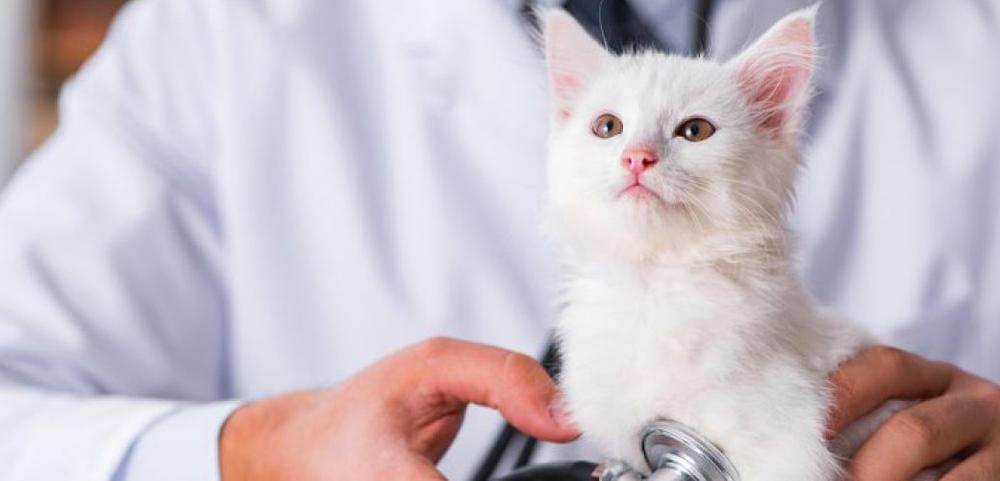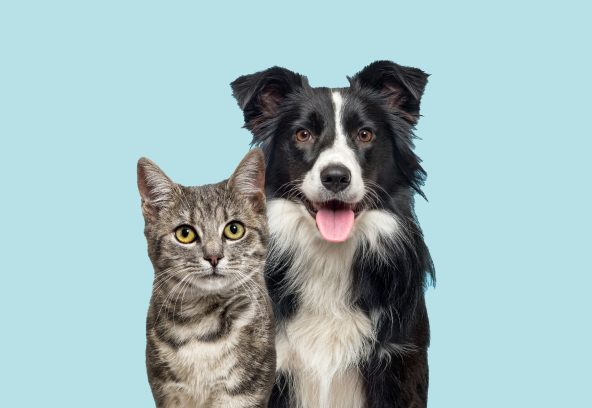Learn how to care for your cat after surgery with our complete guide. From post-op recovery tips to pain management and wound care, ensure your feline heals comfortably.
23 June 2025
Caring for your cat after surgery is essential to ensure a smooth recovery. Proper post-operative care can prevent complications and help your feline friend heal faster. Here’s a comprehensive guide on how to take care of your cat after surgery.
Creating a comfortable recovery space
After surgery, your cat will need a quiet and safe place to rest. Consider the following:
- Keep your cat in a warm, confined area away from loud noises and other pets.
- Provide a soft bed with easy access to food, water, and a litter box.
- Avoid high surfaces to prevent jumping and injury.
Monitoring your cat’s behaviour and pain levels
Your cat may be groggy or disoriented after surgery due to anesthesia. Keep an eye on these signs:
- Excessive lethargy or difficulty standing
- Unusual vocalization or aggression
- Lack of appetite for more than 24 hours
- Signs of pain such as restlessness, hiding, or excessive grooming near the incision site
If you notice any concerning behavior, consult your veterinarian immediately.
Wound and Incision Care
Proper wound care is crucial for preventing infections. Follow these steps:
- Check the incision site daily for redness, swelling, discharge, or an unpleasant odor.
- Prevent your cat from licking or biting the wound by using an Elizabethan collar (E-collar) or a surgical suit.
- Avoid applying any ointments or cleaning the wound unless directed by your vet.
If you notice excessive swelling, bleeding, or pus, contact your vet as soon as possible.
Administering Medications
Your vet may prescribe pain relief or antibiotics to aid recovery. Ensure you:
- Follow dosage instructions carefully.
- Use a pill dispenser or mix liquid medication with food if needed.
- Never give human painkillers to your cat, as they can be toxic.
If your cat refuses to take medication, consult your vet for alternative solutions.
Feeding and Hydration
After surgery, your cat’s appetite may decrease. Encourage eating by:
- Offering small portions of their usual food.
- Warming the food slightly to enhance aroma.
- Providing fresh water at all times.
If your cat refuses to eat for more than 24 hours, reach out to your vet.
Activity restriction and supervision
Restricting movement helps prevent strain on the incision site. Follow these tips:
- Limit running, jumping, and rough play for the first few weeks.
- Use a crate or a small room if necessary to control activity.
- Gradually reintroduce exercise as recommended by your vet.
Signs of Complications
Monitor your cat for any post-surgery complications, including:
- Persistent vomiting or diarrhea
- Difficulty breathing
- Excessive swelling or bleeding at the incision site
- Sudden behavioral changes
If any of these occur, seek veterinary assistance immediately.
Follow-Up Appointments
Your vet will schedule follow-up visits to check your cat’s progress. These appointments may include:
- Suture or staple removal
- Monitoring for infections or complications
- Adjustments to medications or diet
Always follow your vet’s recommendations to ensure a full recovery.
Conclusion
Taking care of a cat after surgery requires patience, attention, and proper care. By creating a comfortable space, monitoring for complications, and following veterinary advice, you can help your cat recover smoothly. If you have any concerns during the recovery process, don’t hesitate to contact your vet for guidance.



